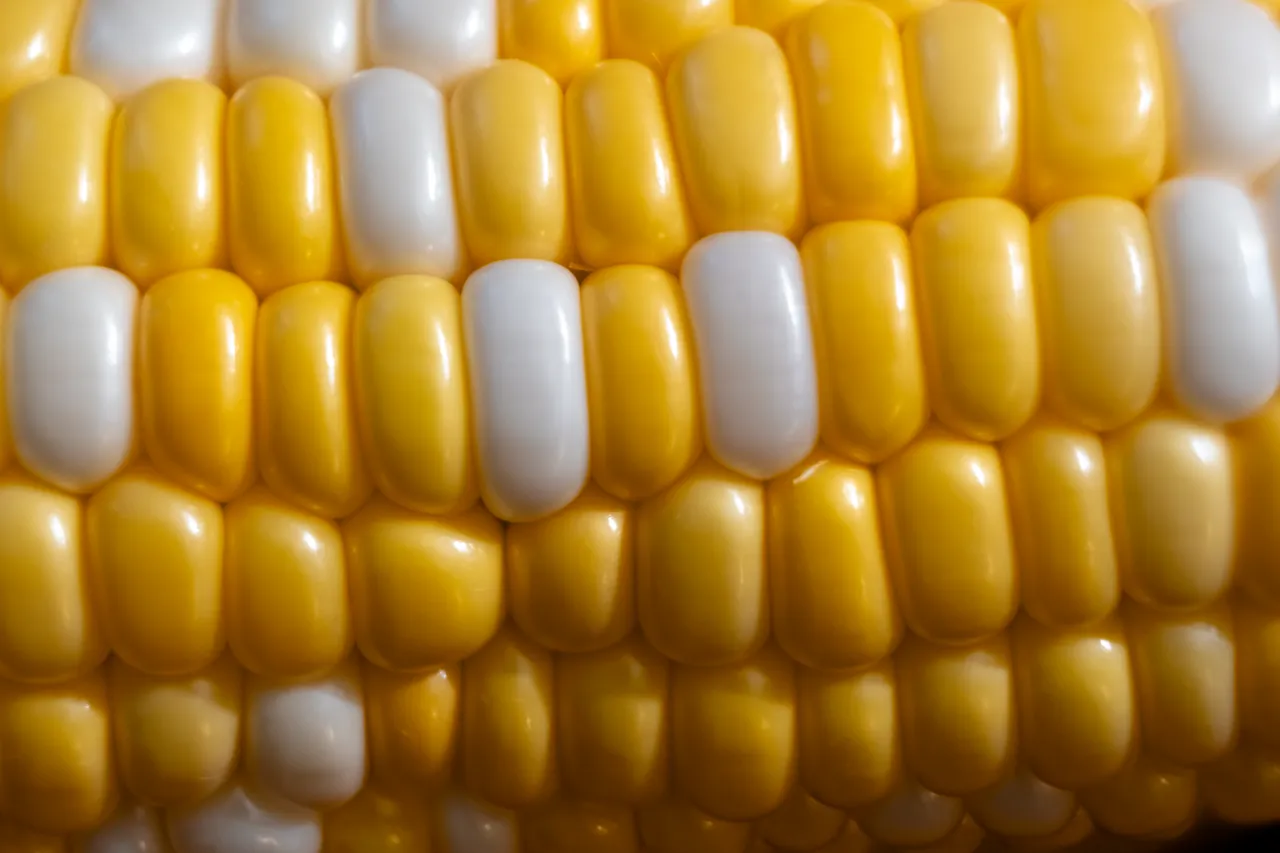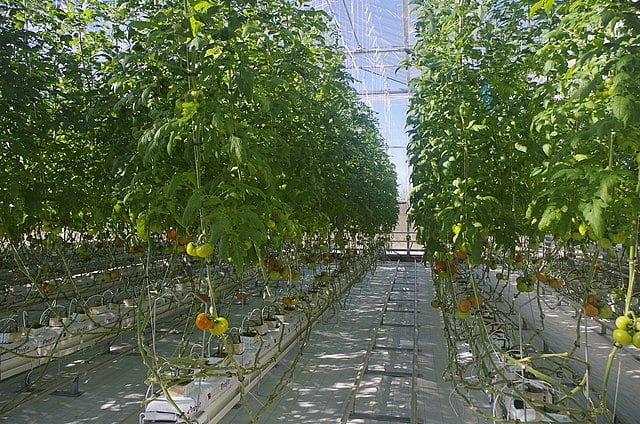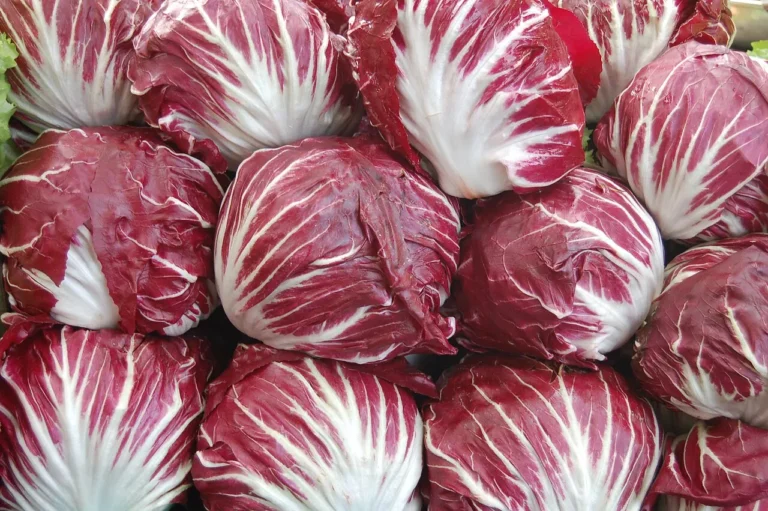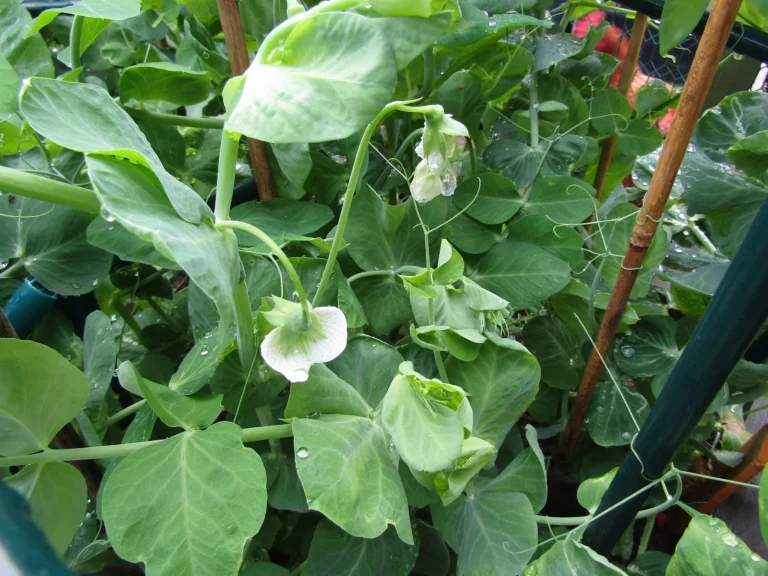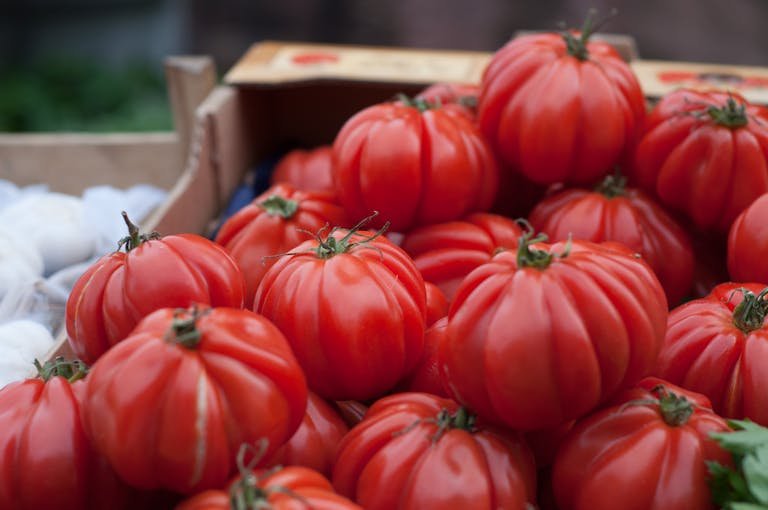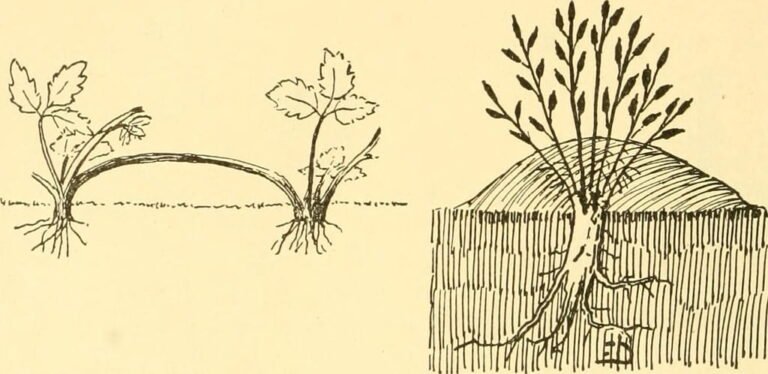A Guide to Cultivating Sweet Corn: Grow Your Own Gold
Nothing epitomizes the summer garden quite like the towering stalks and lush green leaves of sweet corn, rustling softly in the breeze. There’s a simple pleasure in peeling back the husk to reveal golden rows of juicy kernels, a testament to the care and effort poured into each plant. Growing sweet corn in your own garden brings not just the joy of harvesting but also the unparalleled taste of fresh corn on the cob, slathered with butter and sprinkled with a pinch of salt. Here’s how you can turn your garden into a bounty of gold this summer.
| Soil Type | Well-drained, fertile soil with a pH of 5.5 to 7.0. |
| Sunlight | Full sun (at least 6 to 8 hours of direct sunlight daily). |
| Watering | 1-2 inches per week, more during hot, dry periods. Water deeply to encourage root growth. |
| Planting Time | After the last frost when soil temperatures reach at least 60°F (15°C). |
| Spacing | Seeds: 1 inch deep, 9 to 12 inches apart. Rows: 30 to 36 inches apart. Plant in blocks for better pollination. |
| Fertilization | Apply a balanced fertilizer at planting. Side-dress with nitrogen-rich fertilizer when plants are knee-high and again when tassels form. |
| Pollination | Ensure plants are close enough to aid wind pollination. Shake stalks gently to distribute pollen if necessary. |
| Pests | Watch for corn earworms, rootworms, and aphids. Use floating row covers or apply organic pesticides if needed. |
| Diseases | Prevent fungal diseases by rotating crops and watering at the soil level to avoid wet leaves. |
| Harvesting | 18-24 days after silk appears, when kernels are plump and a milky liquid can be squeezed out. |
| Common Issues | Poor pollination leading to partially filled ears. Inadequate watering can stress plants, affecting yield. |
The Sweet Reward of Patience and Care
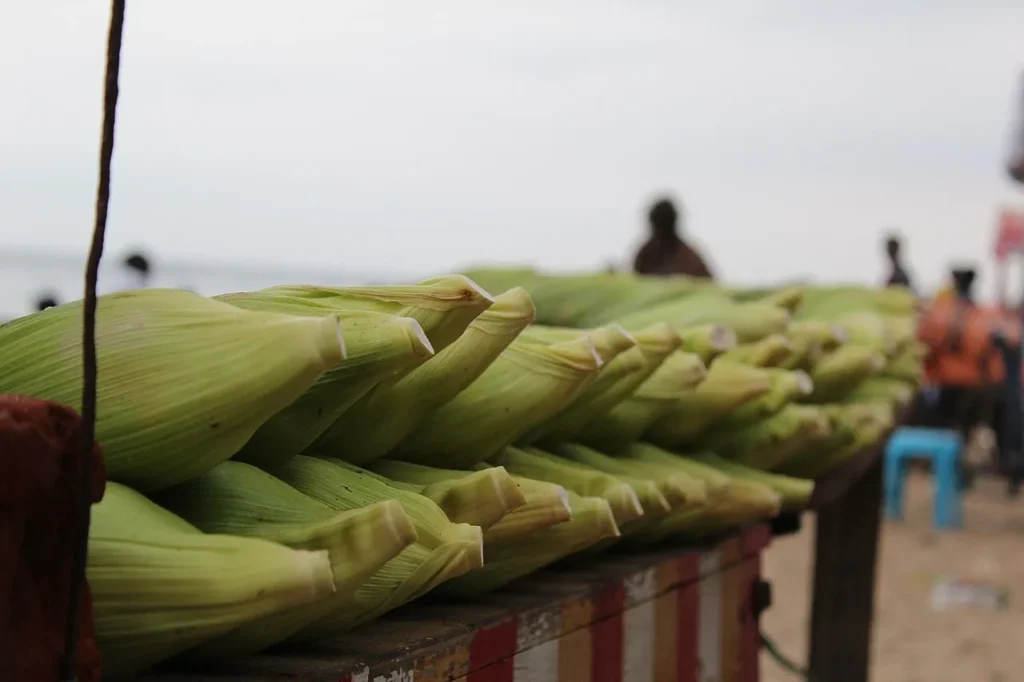
Sweet corn (Zea mays var. saccharata) is a warm-season crop, cherished for its sugary, tender kernels. Unlike its field corn cousin, sweet corn is picked while immature, during the “milk stage,” when the sugars are at their peak, offering a sweetness that store-bought corn rarely matches.
Choosing the Right Variety for Your Garden
Selecting the right variety of sweet corn is crucial for success. Varieties are categorized by sweetness level and growing time:
- Sugary (su) varieties offer traditional sweetness and are best consumed quickly after harvest.
- Sugary Enhanced (se) types have more tender kernels and a bit more sweetness than su varieties.
- Super Sweet (sh2) varieties boast the highest sugar levels, with crisp texture and extended shelf life.
- Synergistic (syn) hybrids combine the best traits of su and sh2 types, offering both sweetness and tenderness.
Consider your climate, as well as how you plan to use your harvest—fresh, frozen, or canned—to select the best variety for your needs.
Preparing the Stage for a Cornucopia
Corn demands warm soil and plenty of sunlight. Planting should occur only after the threat of frost has passed and the soil is consistently above 60°F. A sunny spot, with at least 8 hours of direct sunlight, and well-drained, fertile soil, amended with compost or aged manure, will set the stage for your corn’s growth.
Plant your seeds 1 inch deep, spacing them about 9 to 12 inches apart, in blocks of at least 4 rows to ensure adequate pollination. Unlike many vegetables, corn benefits from being planted in blocks rather than single rows to enhance wind pollination.
Tending to Your Corn’s Needs
Watering and fertilization are key components of corn care. Corn has deep roots and prefers about an inch of water per week, more if the weather is particularly hot or dry. A side dressing of a nitrogen-rich fertilizer when the plants are knee-high will support vigorous growth.
Pollination is critical to kernel development. Each silk thread at the top of the ear must be pollinated to produce a kernel. You can gently shake the stalks to help spread pollen if you notice poor kernel development.
Pest Management in Corn Cultivation
Protecting your corn from pests is essential for ensuring a healthy and bountiful harvest. Here are strategies and tips for managing some of the most common pests that threaten corn crops.
Corn Earworm
- Identification: Larvae that feed on the silk and kernels, potentially ruining the ear.
- Management: Apply mineral oil to the tips of the ears just after the silks begin to brown. Consider using Bacillus thuringiensis (Bt) or other organic pesticides as directed.
Corn Rootworm
- Identification: Larvae feed on corn roots, while adults can damage the silk and foliage.
- Management: Rotate your crops annually to disrupt the life cycle. Plant rootworm-resistant varieties if they are a known problem in your area.
Cutworms
- Identification: Larvae cut off young plants at the soil surface during the night.
- Management: Use diatomaceous earth around the base of plants, or place collars (made from cardboard, plastic cups with the bottoms cut out, etc.) around seedlings to protect them.
Aphids
- Identification: Small, sap-sucking insects that can cause yellowing and stunted growth.
- Management: Introduce beneficial insects like ladybugs and lacewings. Apply insecticidal soap or neem oil for heavy infestations.
European Corn Borer
- Identification: Larvae bore into stalks, weakening or killing the plant.
- Management: Remove and destroy infested plants at the end of the season to reduce the population. Bacillus thuringiensis (Bt) is effective against younger larvae.
Tips for General Pest Management
- Monitoring: Regularly inspect your corn for signs of pests. Early detection is key to effective management.
- Cultural Controls: Practice crop rotation, till the soil at the end of the season to expose pests, and maintain healthy soil to grow strong plants more resistant to pests.
- Biological Controls: Encourage or introduce natural predators to your garden. Beneficial insects can significantly reduce pest populations.
- Chemical Controls: Use as a last resort and select products that are safe for use on edible crops. Always follow label instructions carefully to protect yourself and beneficial insects.
The Joy of Harvest
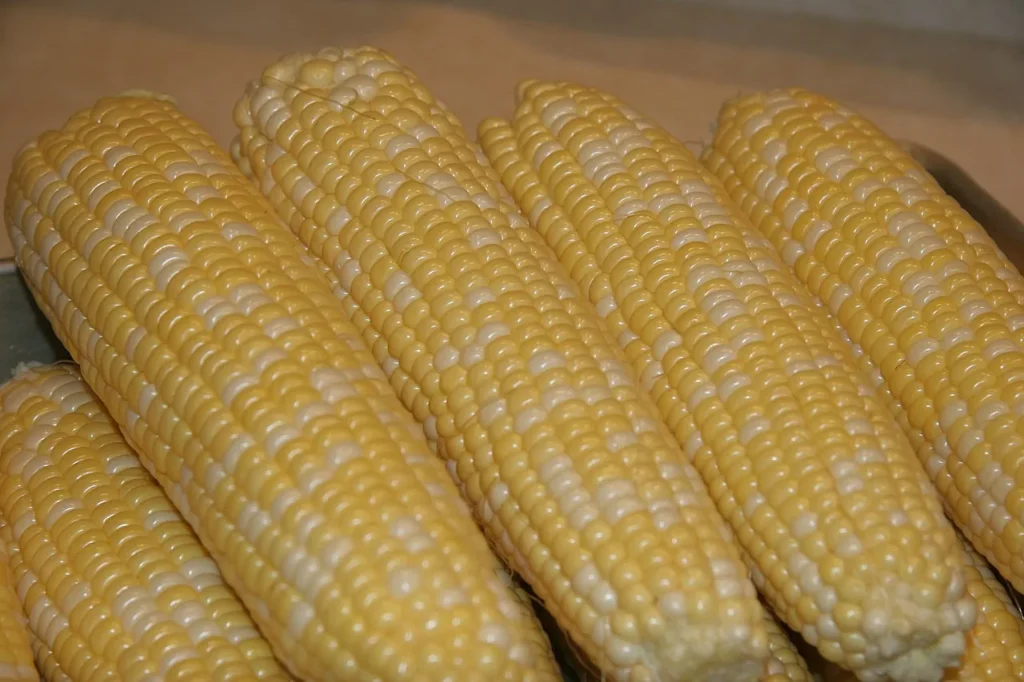
Sweet corn is ready to harvest when the silks turn brown, and the kernels at the top of the ear feel plump through the husk. Test for ripeness by gently pressing a kernel; if a milky juice squirts out, it’s time to pick. Harvest by twisting the ear downward from the stalk.
Enjoy your corn as soon as possible after harvesting for the sweetest flavour. Fresh corn can be stored in the refrigerator for a few days or processed for freezing or canning to enjoy year-round.
Frequently Asked Questions (FAQ) About Growing Sweet Corn
How much space do I need to grow sweet corn?
Sweet corn needs space to grow effectively, primarily for pollination purposes. It’s best to plant corn in blocks of at least four rows, with each row being 2-3 feet apart. This setup helps ensure proper pollination and maximizes yield.
Can I grow sweet corn in containers?
While sweet corn prefers to grow directly in the ground due to its deep root system, you can grow it in large containers if space is limited. Ensure containers are at least 12 inches deep and wide, and plant 2-3 seeds per container.
Why are my corn ears poorly filled out?
Poorly filled ears usually result from inadequate pollination. Planting in blocks instead of single rows and ensuring each plant has at least one neighbor within 2-3 feet can improve pollination. Gentle shaking of the stalks during the peak of pollen shed can also help.
How do I protect my corn from pests like birds and raccoons?
Netting or fencing can help protect your corn from birds. For raccoons, securing the area with electric fencing or using motion-activated lights/sprinklers can be effective deterrents.
When is the best time to water corn?
Water corn early in the morning to allow any moisture on the leaves to dry throughout the day, reducing the risk of fungal diseases. Corn requires about 1-2 inches of water per week, more during hot, dry weather.
Additional Resources for Growing Sweet Corn
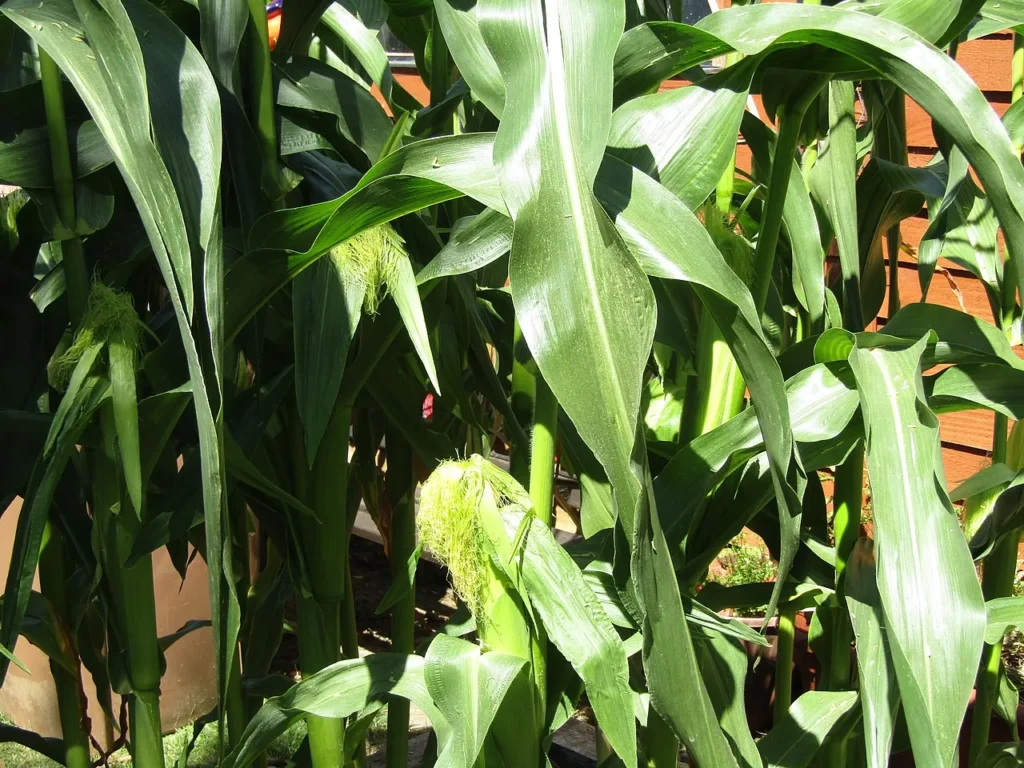
For gardeners looking to dive deeper into cultivating sweet corn, the following resources offer valuable insights and advice:
- Cornell University Home Gardening – Sweet Corn: Provides detailed information on growing conditions, planting tips, and varieties suitable for home gardens.
- National Gardening Association – Sweet Corn Plant Care: Offers a comprehensive guide on care, maintenance, and troubleshooting common issues in growing sweet corn.
- The Old Farmer’s Almanac – Growing Corn: A go-to resource for planting dates based on zip code, as well as tips on planting, growing, and harvesting corn.
Wrapping Up
Growing sweet corn is a summer tradition that rewards you with a taste that’s far superior to what you find in grocery stores. It requires space, sunlight, and a bit of effort, but the result—fresh, sweet corn right from your garden—is well worth it. So why not dedicate a corner of your garden to this summer favourite? Your taste buds will thank you come harvest time.

